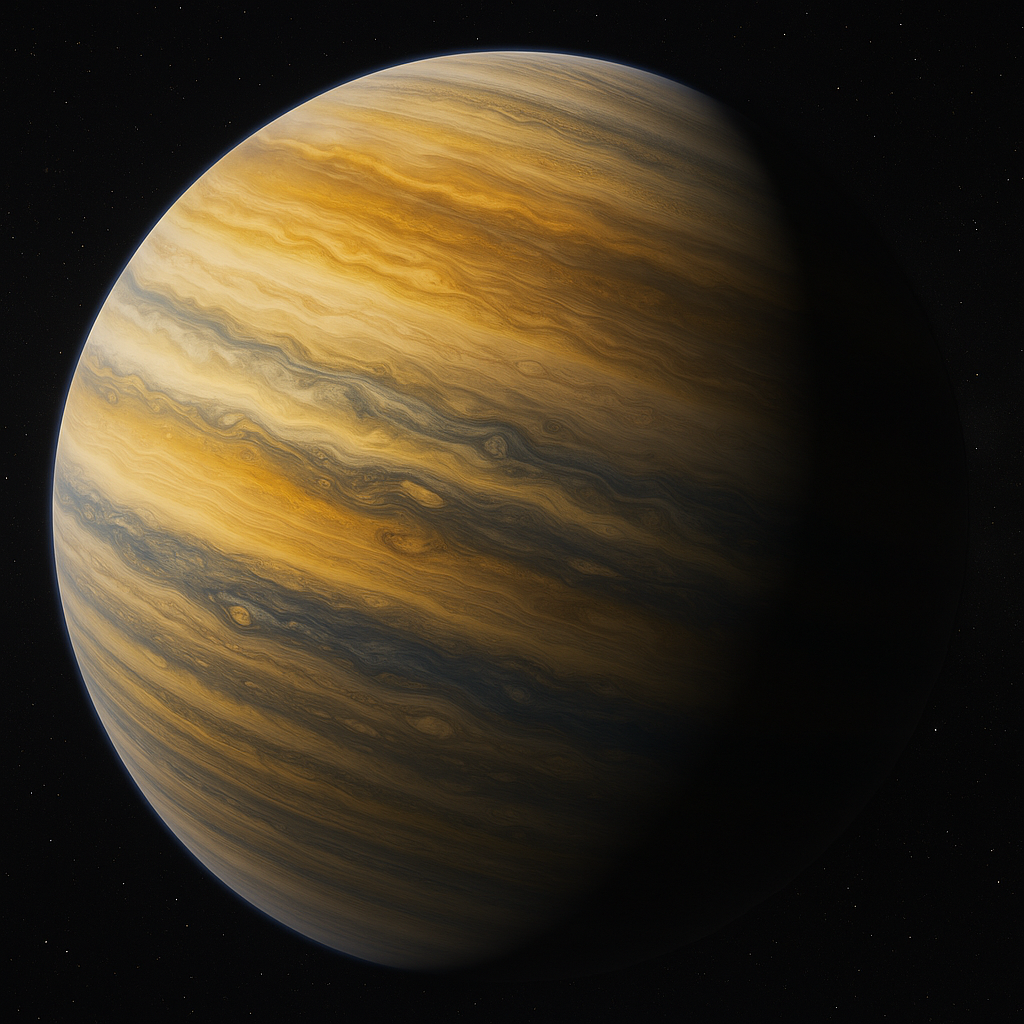Ornak
Ornak
Astrographical Information
Galaxy
Milky Way
Galactic ArmOrion
SystemCraehlil System
OrbitingCraehlil
Orbital positionFourth Planet
Orbital Distance2.18 AU (326,135,360 km)
Orbital characteristics
Aphelion 2.25 AU (336,094,207 km)
Perihelion 2.11 AU (316,176,513 km)
Semi-major axis 2.18 AU (326,135,360 km)
Eccentricity 0.057
Orbital period (sidereal) 931.4 days
Average orbital speed 19.1 km/s
Mean anomaly 140.6°
Inclination- 1.9° – Craehlil's equator;
- 1.3° – invariable plane;
- 2.5° – J2000 ecliptic
Longitude of ascending node 82.7°
Time of perihelion 104.3 days
Argument of perihelion 96.5°
Moon(s) 163 (unstable orbits)
Physical Information
Diameter 62,270 km (38,701.6 mi)
Mean radius 31,135 km (19,350.8 mi)
Equatorial radius 32,012 km (19,887.9 mi)
Polar radius 29,983 km (18,813.7 mi)
Flattening 0.0634
Circumference- 201,187 km; equatorial
- 188,310 km; meridional
Axial Precession 10,900 years (modest magnetic-induced wobble)
Albedo- 0.34 geometric
- 0.22 Bond
- -170°C (–274°F) Min
- –108°C (–162°F) Mean
- –42°C (–44°F) Max (core-adjacent tropospheric boundary layer)
Surface absorbed dose rate 46.8 μGy/h
Surface equivalent dose rate 55.3 μSv/h
Apparent magnitude –2.0" to 3.8"
Absolute magnitude (H) 4.17
Atmosphere
Surface pressure
Not applicable (no defined surface; pressures exceed 1,800,000 kPa in lower layers)
Composition by volume- 73.2% Hydrogen
- 19.4% Helium
- 3.1% Ammonia
- 1.8% Methane
- 1.1% Trace hydrocarbons
- 0.7% Silicate aerosols
- 0.4% Water vapor (upper cloud bands)
- 0.3% Ionized sulfur compounds
- ~0.1% Industrial residuals (salvage dispersal and debris emissions)




Comments